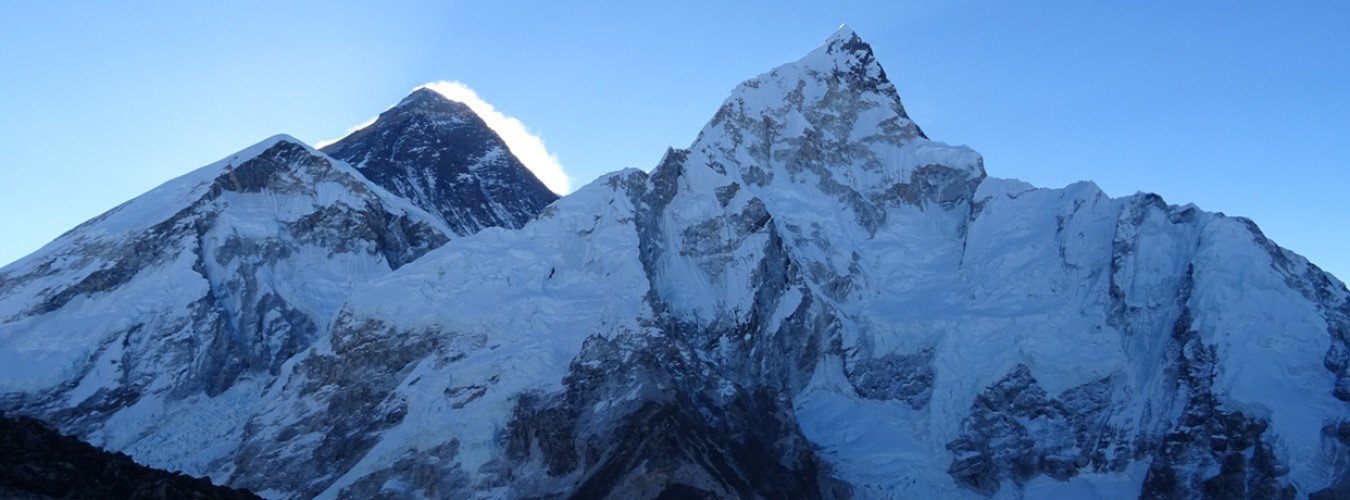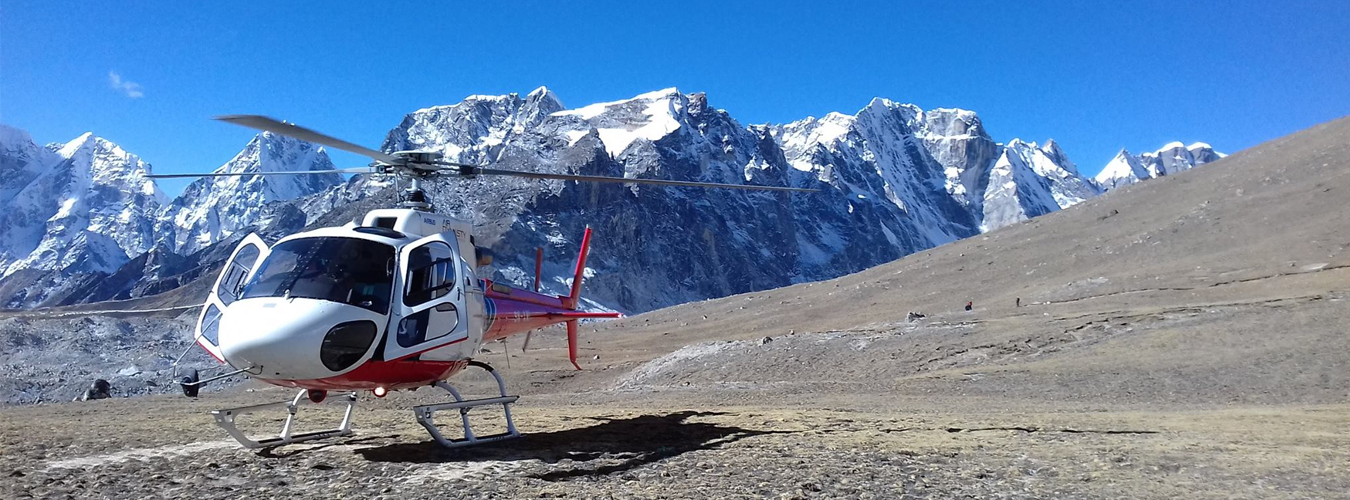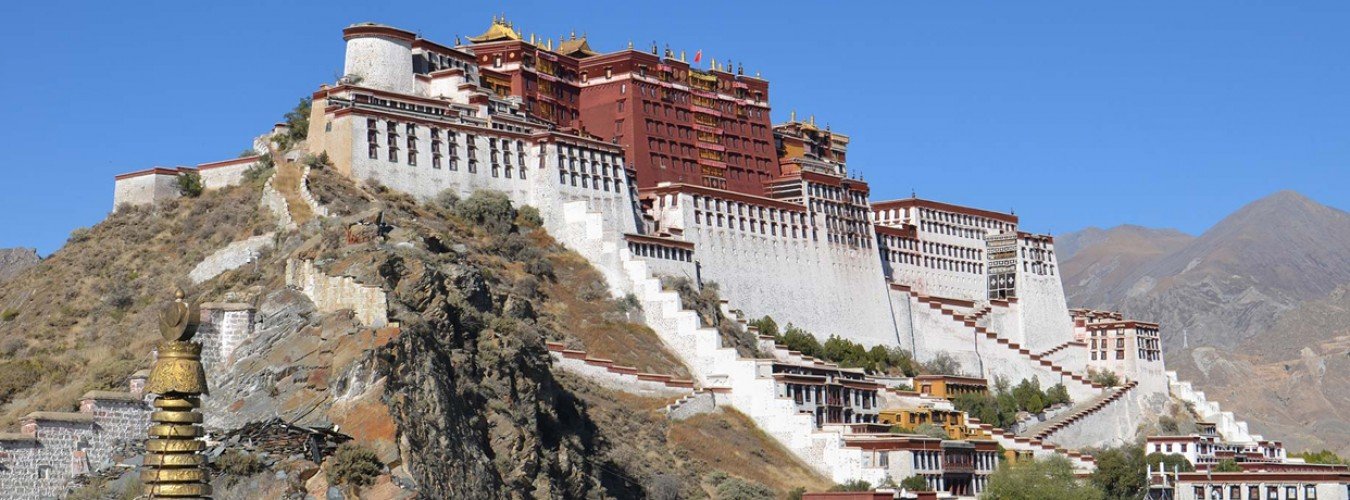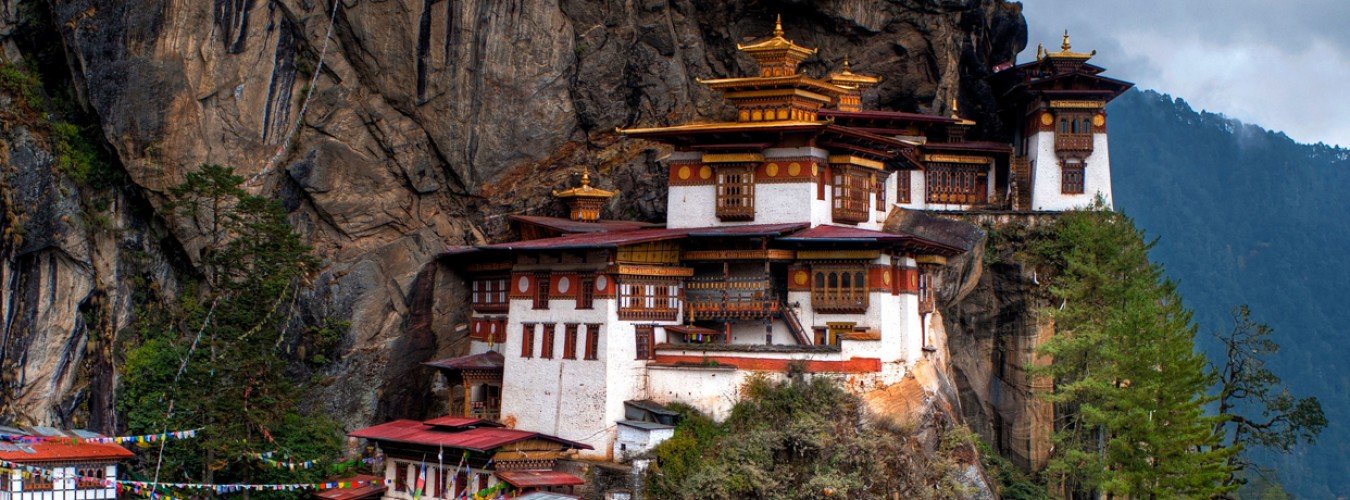There are a number of airports where you can fly into Bhutan from. At present two carriers operate to Bhutan, Drukair and Bhutan Airlines.
By Air the Entry Points are:
Bangkok to Paro.
Dhaka to Paro.
Katmandu to Paro.
Kolkata to Paro.
Delhi to Paro.
Singapore to Paro.
By Land, the Entry Points are:
Also, there are three land border crossings which you can travel into the kingdom overland. All crossings are along the Indian border only - Phuentsholing, Gelephu and Samdrup Jongkhar.
Bagdora to Phuntsholing.
Bagdora to Gelephu.
Guwahati to Samdrup Jongkhar.
Note: Exit can also be done through the same Entry Points.






